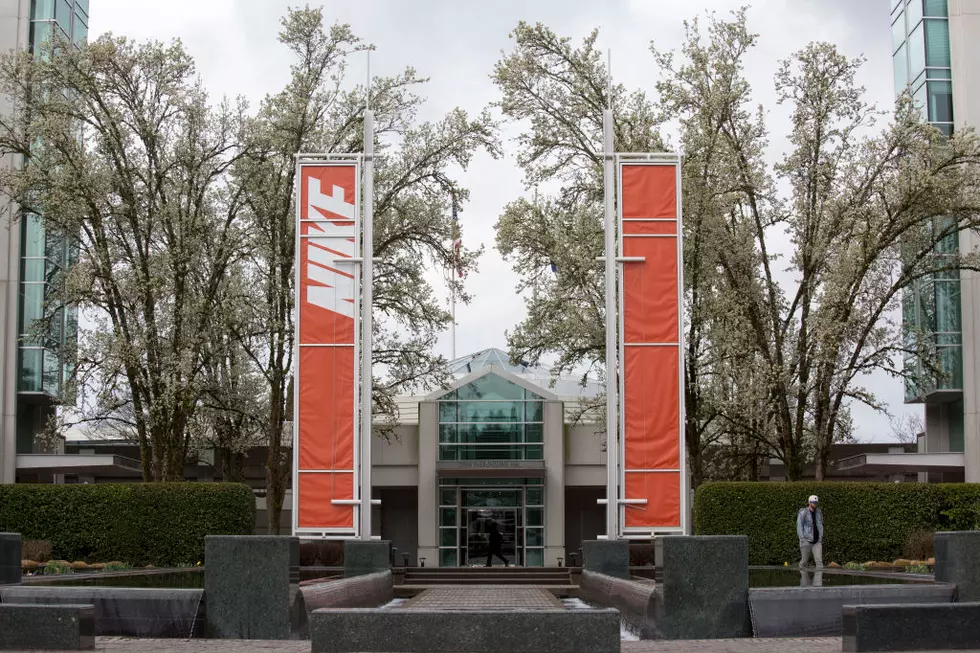
How DNA Solved the Fight Concerning Kennewick Man
It was 27 years ago in the summer of 1996, during Water Follies, when two boys discovered the skull of an ancient man. That man became world-wide news and gained the moniker of the Kennewick Man.
The distinctive features of the skull prompted many theories concerning his origin, ranging from Native American, to European, Polynesian and even Japanese. However, it wasn't until a new, ground-breaking DNA technique was utilized which silenced all of the incorrect theories.
Soon after the initial discovery, archaeologists descended upon the scene and unearthed around 350 additional bones and fragments, which were first dated at between 8,000 and 9,500 years old. Initially scientists were only able to ascertain that the bones belonged to a tall, slender male. A man, they felt, was one of the oldest examples of a complete skeleton found in North America.
Almost immediately upon discovery, regional Native American tribes claimed ownership of the remains, as they believed there was no way the Kennewick Man was not a part of their lineage. Though, it wasn't very long after that in which archaeologists showed that his anatomical features were quite different from those of modern Native Americans.
Most notable were his long, narrow face, prominent chin and tall stature; all unlike the remains of other Paleo-Indians. Beyond that, the measurements of the Kennewick Man, including his facial features, most closely resembled that of the Ainu people of Japan (a Caucasian minority which, interestingly enough, were once the predominant inhabitants of the Japanese Islands).
One would assume that DNA testing would have been swiftly performed upon the Kennewick Man, but a number of lawsuits from several Native Tribes and the U.S. government kept that from occurring.
However, a 2004 lawsuit brought by scientists against the U.S. government led to a ruling that a cultural link between any of the Native American tribes and the Kennewick Man was not genetically justified. Following that, initial testing showed that the Kennewick Man was not European but most resembled the Ainu and Polynesians.
Years later, that study was contradicted by another. This study, published in the journal Nature in 2014, threw some shade on the first findings. It showed that since the remains belonged to just one individual, they could conceivably fall within the range of variation that could have been observed among ancestral Native Americans. That investigation has led to numerous studies showing the populating of North America and that several offshoots of people sprung from the first Americans, splitting into at least three groups. The Kennewick Man was apart of one of those offshoots.
Those studies, and findings, led to the decision that the Kennewick Man was, in fact, of the lineage of Native Americans.
The remains were finally buried and put to rest in the presence of Native American members of five Columbia Plateau tribes in 2017, after being housed at the University of Washington's Burke Museum since 1998.
More From 870 AM KFLD







